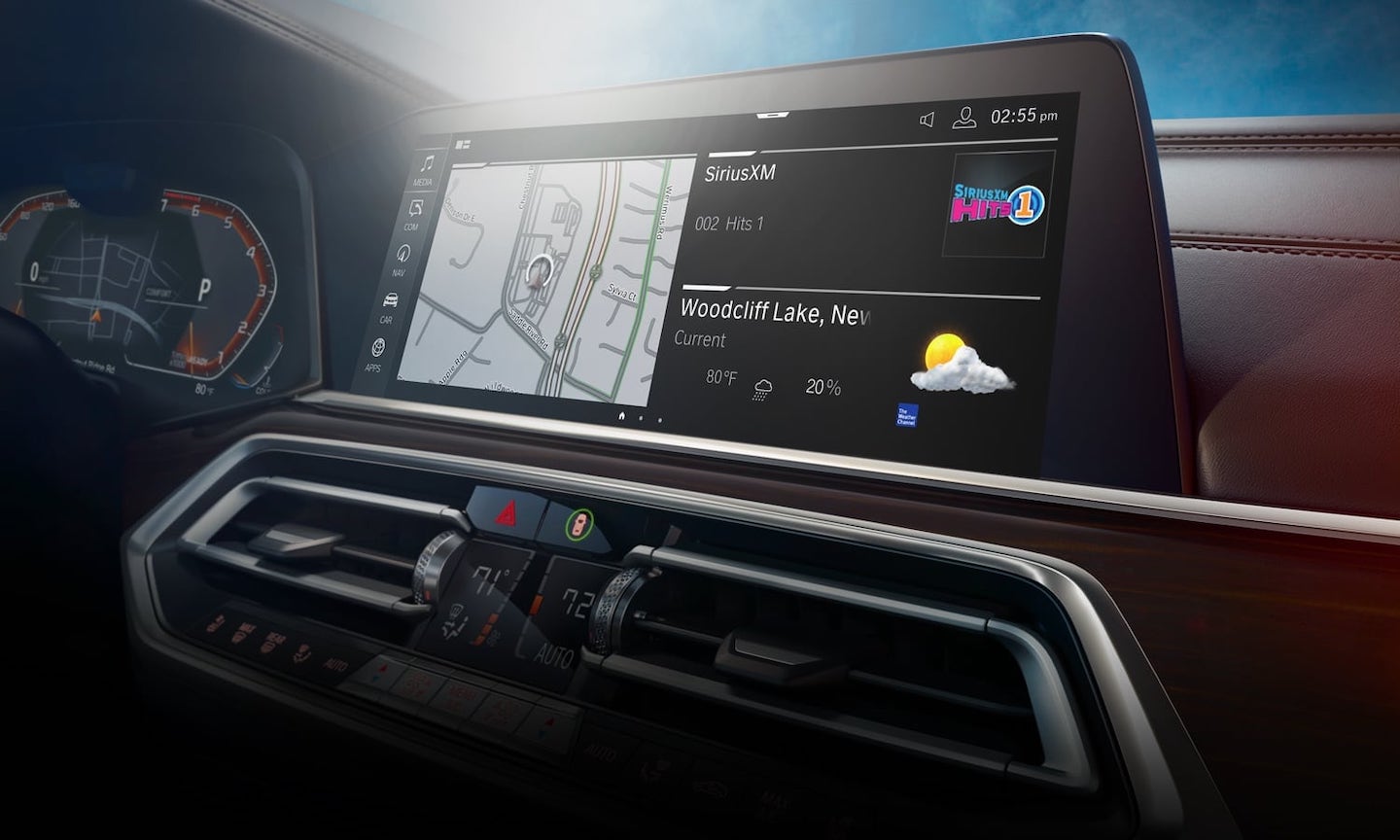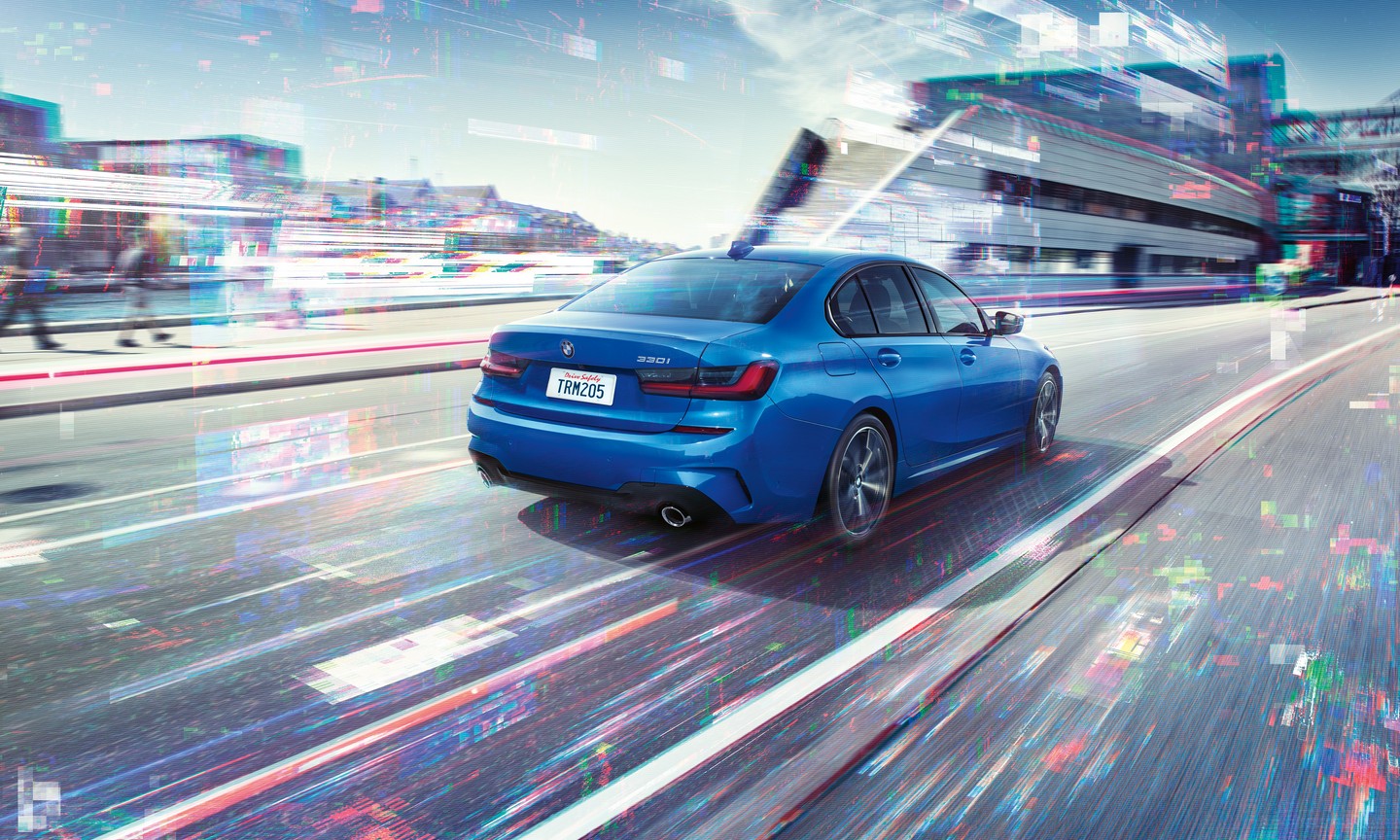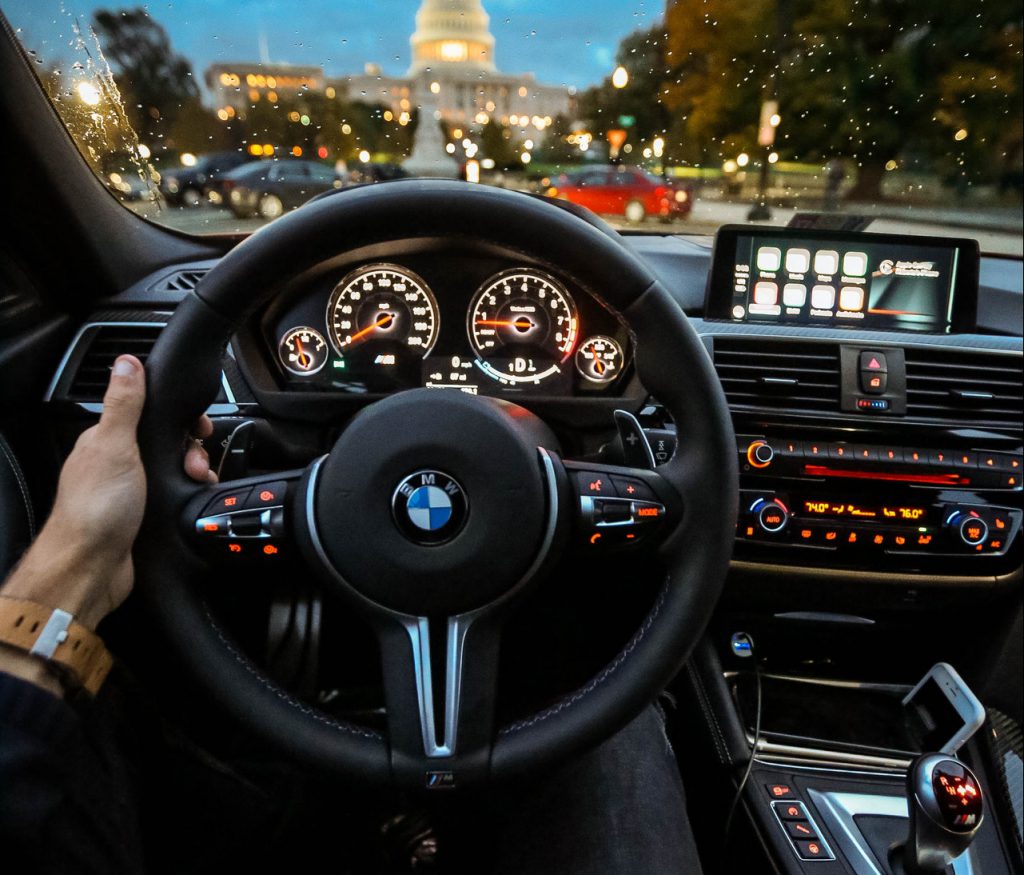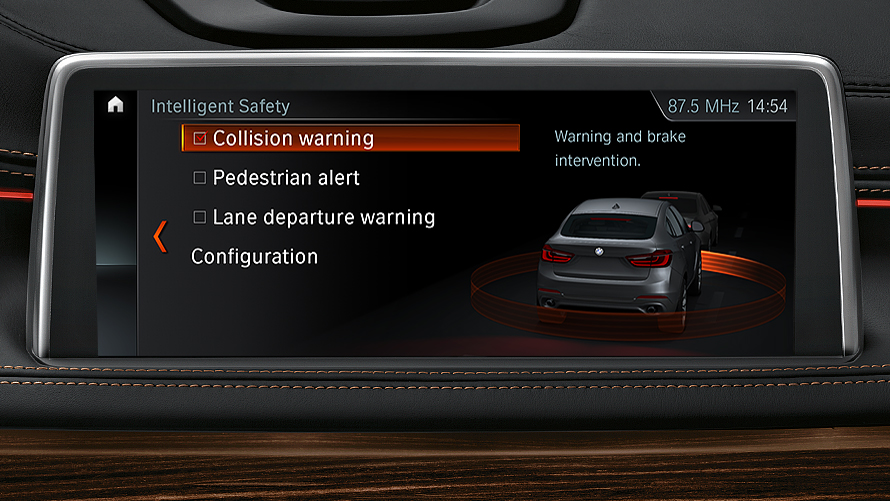The Dawn Of Autonomous Driving: A Deep Dive Into BMW’s 2025 Active Driving Assistant

The Dawn of Autonomous Driving: A Deep Dive into BMW’s 2025 Active Driving Assistant
The automotive landscape is on the cusp of a revolutionary transformation, driven by the rapid advancement of artificial intelligence and autonomous driving technology. At the forefront of this revolution stands BMW, a brand synonymous with innovation and performance, poised to redefine the driving experience with its groundbreaking 2025 Active Driving Assistant. This next-generation system promises to usher in a new era of safety, convenience, and driver empowerment, offering a glimpse into a future where cars become intelligent companions rather than mere machines.
Beyond Level 2: A Leap Towards Conditional Autonomy
While current Level 2 driver assistance systems like Adaptive Cruise Control and Lane Keeping Assist offer a taste of automated driving, they still require constant driver attention and intervention. BMW’s 2025 Active Driving Assistant takes a bold leap forward, venturing into the realm of Level 3 autonomy, where the car can handle certain driving tasks under specific conditions while the driver can disengage from the driving process. This means that in certain situations, the driver can safely take their hands off the wheel and focus on other activities, like reading, working, or simply relaxing.
A Symphony of Sensors and AI
This leap is made possible by a sophisticated suite of sensors and advanced artificial intelligence algorithms. The 2025 Active Driving Assistant utilizes:
- High-Resolution Cameras: These cameras capture a 360-degree view of the surroundings, enabling the system to identify obstacles, traffic signs, and other vehicles with remarkable precision.
- Long-Range Radar: This radar system provides information about the distance, speed, and direction of objects in the environment, allowing for accurate obstacle avoidance and collision prediction.
- Ultrasonic Sensors: These sensors detect objects in close proximity, ensuring safe maneuvering in tight spaces and parking situations.
- GPS and Mapping Data: These systems provide precise location information, allowing the car to navigate complex environments and anticipate upcoming road conditions.
- Advanced AI Algorithms: These algorithms analyze the vast amount of data collected by the sensors, making real-time decisions about steering, acceleration, braking, and lane changes, all while adhering to traffic laws and safety regulations.
Unlocking a World of Possibilities:
The 2025 Active Driving Assistant unlocks a world of possibilities for both drivers and passengers:
- Enhanced Safety: By taking over the driving tasks in specific scenarios, the system reduces driver fatigue and distraction, significantly minimizing the risk of accidents.
- Increased Convenience: The ability to relax and engage in other activities while driving frees up valuable time, especially during long commutes or tedious traffic situations.
- Enhanced Accessibility: The system allows individuals with disabilities or limited mobility to enjoy the freedom of driving.
- Improved Traffic Flow: By optimizing driving patterns and reducing human error, the system contributes to smoother and more efficient traffic flow, leading to reduced congestion and faster travel times.
The Ethical Considerations:
While the benefits of autonomous driving are undeniable, there are also ethical considerations that need to be addressed:
- Liability in Accidents: Determining liability in accidents involving autonomous vehicles is a complex issue, as it requires defining the roles and responsibilities of the driver, the manufacturer, and the software developer.
- Data Privacy: The vast amount of data collected by the system raises concerns about data privacy and security, as it contains sensitive information about the driver and their driving habits.
- Job Displacement: The widespread adoption of autonomous vehicles could lead to job losses in the transportation sector, requiring a shift in employment strategies and social safety nets.
BMW’s Approach to Responsible Innovation:
BMW recognizes the importance of addressing these ethical challenges and is committed to developing autonomous driving technology responsibly. The company is actively engaged in ongoing research and development, collaborating with policymakers, industry experts, and ethical advisors to ensure that the technology is deployed safely and ethically.
A Glimpse into the Future:
The 2025 Active Driving Assistant is not just a technological marvel, it is a testament to BMW’s vision for the future of mobility. It represents a paradigm shift, moving beyond the traditional driver-centric approach to a more collaborative and intelligent driving experience. While the full realization of autonomous driving may still be years away, BMW’s commitment to innovation and responsible development ensures that the journey towards a safer, more convenient, and more connected automotive future is well underway.
The Road Ahead:
The development of autonomous driving technology is an ongoing process, with continuous advancements in AI, sensors, and software. BMW is committed to staying at the forefront of this evolution, constantly refining and improving its Active Driving Assistant system. Future iterations of the system will likely incorporate even more sophisticated features, such as:
- Enhanced Environmental Awareness: The system will become even more adept at recognizing and responding to complex environmental factors, like weather conditions, road construction, and pedestrian behavior.
- Personalized Driving Experience: The system will learn the driver’s preferences and habits, tailoring the driving experience to their individual needs and style.
- Integration with Smart Cities: The system will seamlessly integrate with smart city infrastructure, enabling communication with traffic lights, road signs, and other vehicles for optimal traffic management and safety.
Conclusion:
The 2025 Active Driving Assistant is not just a technological innovation, it is a glimpse into a future where driving becomes a more effortless and enjoyable experience. It promises to revolutionize the way we think about mobility, offering a safer, more convenient, and more connected journey for all. As BMW continues to push the boundaries of automotive technology, we can expect even more groundbreaking advancements in the years to come, shaping a future where cars become intelligent companions, guiding us towards a safer and more sustainable world.







